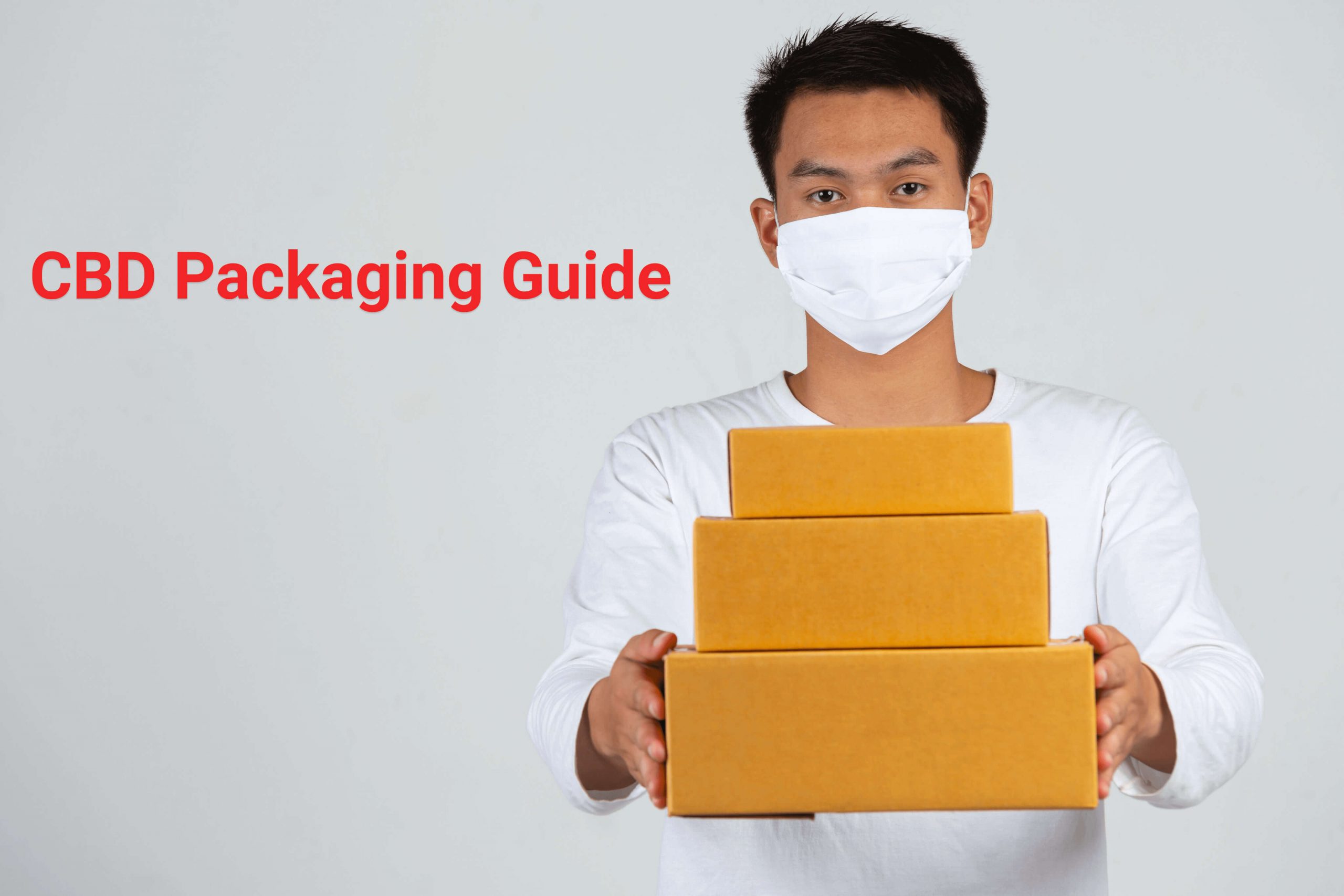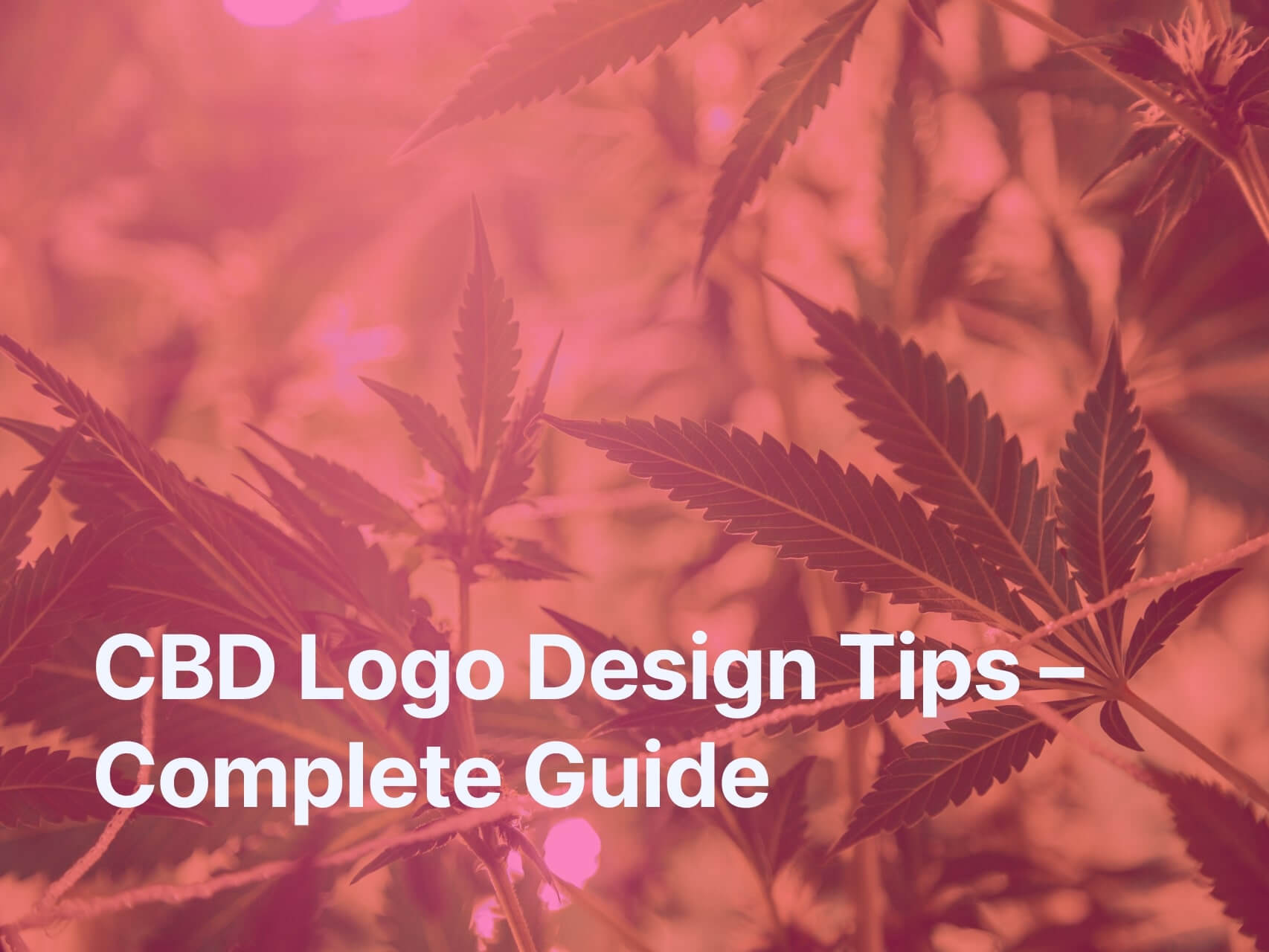
CBD Packaging Guide – Requirements for Companies
It is widely known that the 2018 Farm Bill has legalized the cultivation, selling, and consumption of CBD products under strict guidelines. The 2018 Farm Bill Removed CBD (Cannabidiol) products from the federal Controlled Substances Act and the oversight of the Drug Enforcement Agency to the hands of the FDA (Food and Drug Administration).
However, the FDA is yet to clarify the exact terms relating to the buying and selling of CBD products. This means that the packaging guidelines are vague, leaving companies in the dark about how to be compliant. Recently, the FDA sent out warning letters to multiple CBD companies regarding CBD packaging that did not meet requirements or packaging with false claims.
It is therefore important to market CBD products as a dietary supplement rather than a claim to cure medical illnesses or diseases. In this article, we will look at some strategies on how to ensure your CBD packaging is compliant.
Distinguishing CBD products as a food or a supplement
To follow the correct packaging guidelines set out by the FDA, you need to first determine whether your CBD product is classified as a food or a supplement. There are guidelines that you can follow. A CBD product is considered a supplement when it contains one or more of the following ingredients: vitamins, minerals, herbs, or other botanical ingredients such as hemp, amino acids, dietary substances designed to supplement the diet, or a concentrate, metabolite, constituent, extract like cannabidiol, or a combination of any ingredients mentioned above. Topical ointments and gels, capsules, and some edibles and drinks are mostly considered as supplements too. However, some edibles and drinks are considered food products.
FDA labeling requirements:
Labeling requirements offered by the FDA are vague. However, CBD packaging should comply with the administration’s basic mandatory requirements. Which are as follows:
- Identity statement and the name of the food
- Net quantity of contents
- Manufacturer’s name and address
- Nutrition facts (serving size, nutrients and vitamins, and minerals)
- List of ingredients
- Claims (if it is a supplement, these must be 100% accurate)
Other important factors to consider regarding your CBD packaging are:
With CBD businesses making false claims on their packaging and the legalization of CBD products being a relatively new movement, there are other things you can consider to make your CBD packaging more legitimate and increase the chances of gaining the trust of customers. Some of these factors include:
- Stating the amount of CBD in each serving (this is given using milligrams): Customers are interested in the level of CBD contained in the product since this helps them to determine which dosage to take. The higher the amount of CBD contained, the more amplified the effects will be.
- Providing guidelines on how to use the product: This means instructions regarding the method of using the product and the dosage
- Stating whether the product is a full-spectrum or isolate product: Your well-informed customers are likely to know whether they are looking for a full-spectrum or isolate CBD product. Full-spectrum refers to CBD oil or products that contain all the cannabinoids that are naturally occurring in the cannabis plant including terpenes, flavonoids, and more. Whereas, CBD isolate contains only CBD and no other cannabinoids, terpenes, or flavonoids. It is believed that full-spectrum products may have a more significant effect compared to isolate products
- Stating the level of THC: THC (tetrahydrocannabinol) is what causes the intoxicating effect. Legal CBD products should not contain more than 0.3% of THC. Most customers want to know the exact level of THC contained in the CBD product since some studies may be suggesting that CBD products containing a degree of THC found better effects on reducing inflammation compared to pure CBD products.
- Product batch or date code: This includes setting up codes to provide internal tracking and best by date codes.
Some final considerations for your CBD packaging:
Along with the tips and guidelines provided in this article, there are some final factors to consider regarding successful CBD packaging which passes regulations and gains the trust of your customers:
- Ensure that the information you are providing is clear, accurate, and not misleading. Using words such as “organic” or “natural” is often misleading.
- Provide all the information that is required by the FDA and the state.
- Consider the design of your CBD packaging, make sure that the required information is displayed well and is clear and readable.
- Follow the Poison Prevention Packaging Act of 1970, such as ensuring the packaging cannot be easily opened by a child under the age of 5, etc.
- Do not make any medical claims on your CBD packaging whatsoever, it is better to market your CBD product as a dietary supplement. The FDA states that the more claims made the more intensive investigations will be. CBD products are subject to scrutiny and can be tested at any time to see whether the claims made by the CBD company are legitimate.
There is no doubt that CBD packaging that follows the correct guidelines and displays the information that consumers are interested in will boost sales and avoid warning letters from the FDA or state. While it may seem like a tedious task, once you have an established design that meets all the requirements, your CBD packaging will be good to go.
Remember to keep up-to-date with changes regarding these requirements and consider a little market research to determine whether your CBD packaging is meeting the requirement of your customers.
You may also like

Tips to Designing an SEO-friendly CBD Website
Introduction Designing an SEO-friendly CBD website will be your best option, to thrive in this billion-dollar industry. Statistics show that the cannabis industry in the U.S. will have a market value of $30 billion annually by 2025. However, despite the change in marijuana laws in some states, Google, Facebook, Twitter, Instagram, and other major ad…

6 Factors to Consider When Designing a CBD Website
Introduction Website development remains an essential digital marketing strategy to make your Cannabidiol (CBD) business grow. Besides, web design has become the most pivotal part of any business’s identity and branding. Likewise, you will agree that a CBD business without a well-designed website is bound to lose out on multiple opportunities in this digital-ridden era….

CBD Logo Design Tips – Complete Guide
Introduction In recent years, alternatives of modern medicine have become more popular. The CBD products especially have had an important impact in society, as a nice amount of different diseases and symptoms can be relieved or even cured with CBD products. It certainly affected the commercial market, as a wide range of companies has been…

